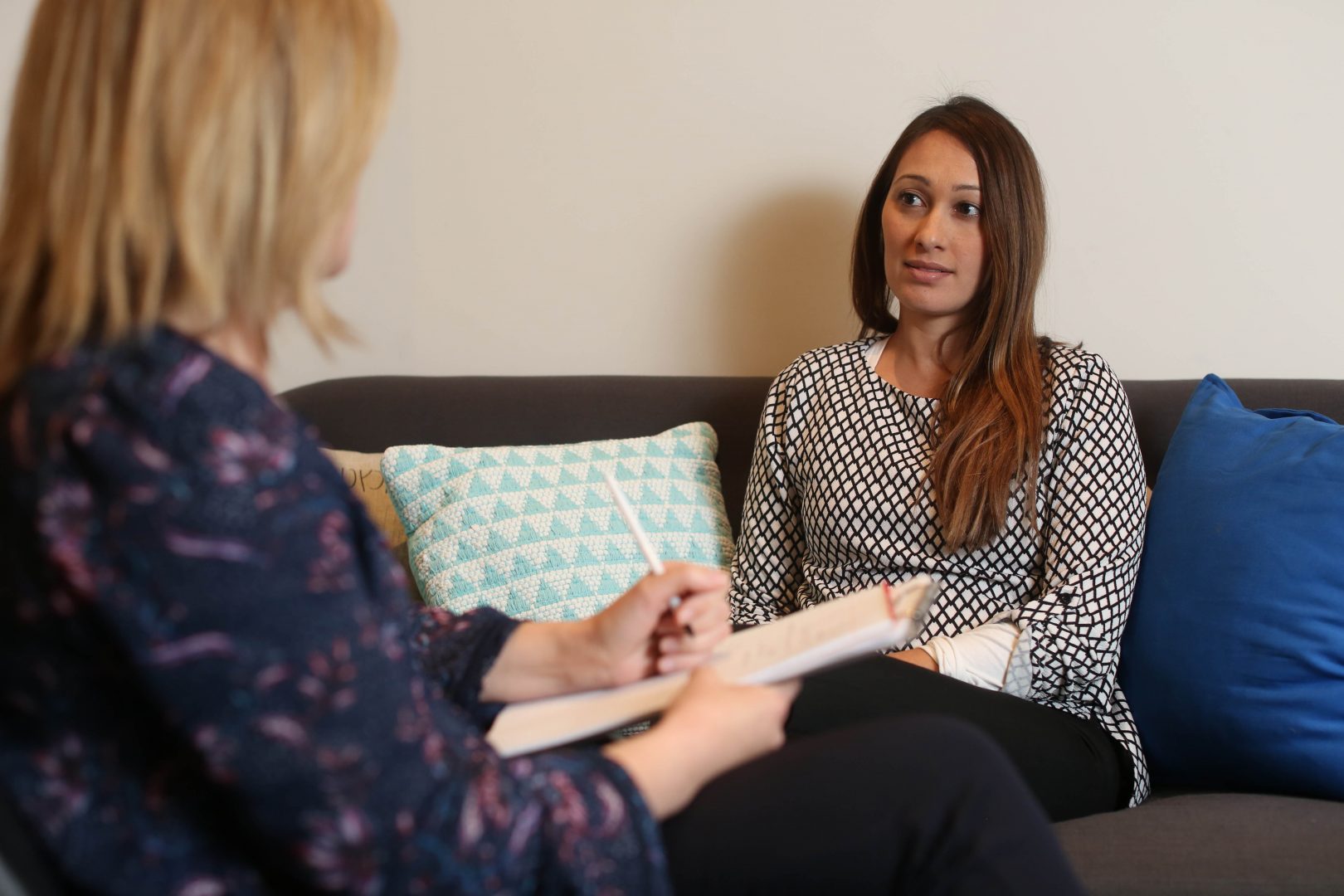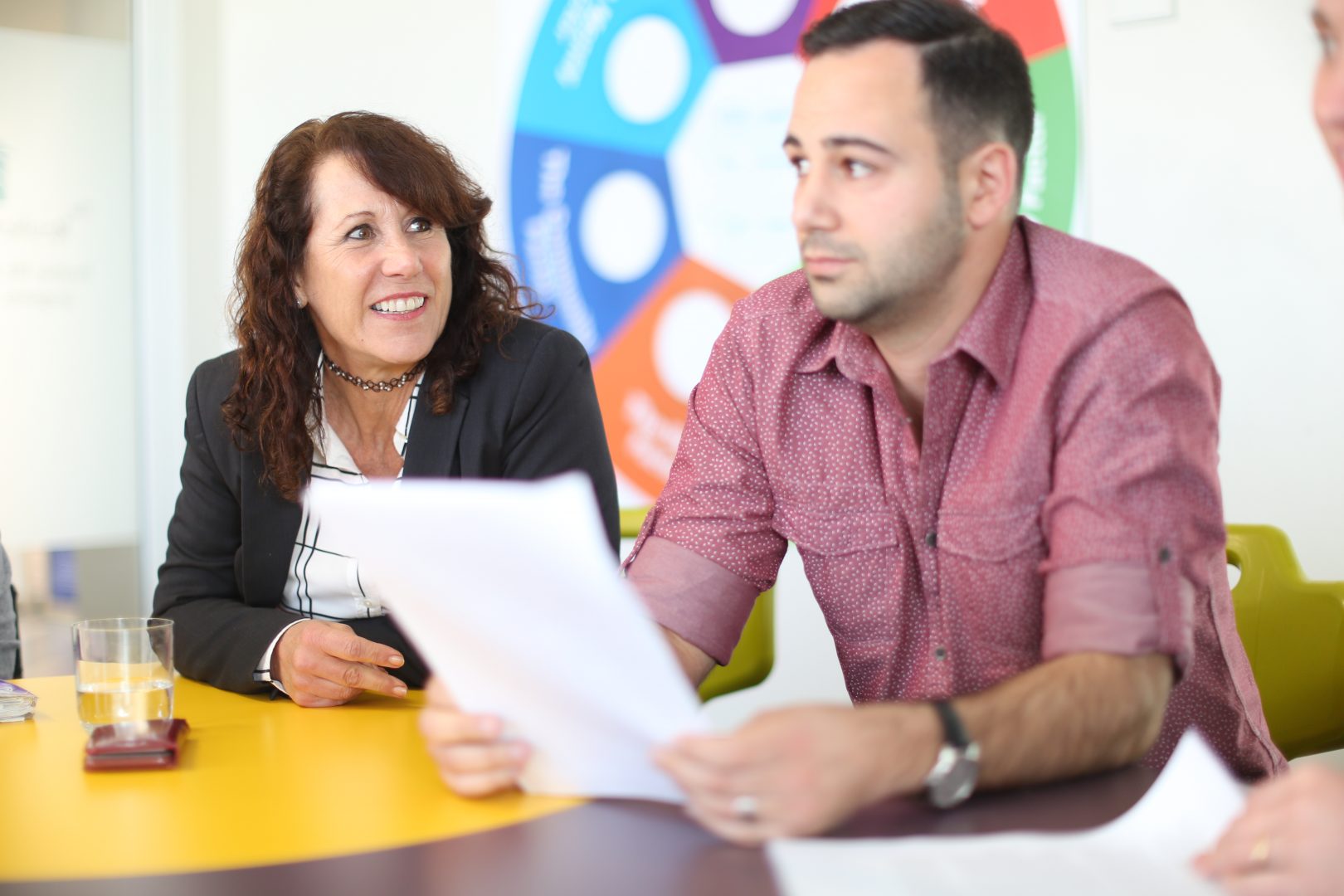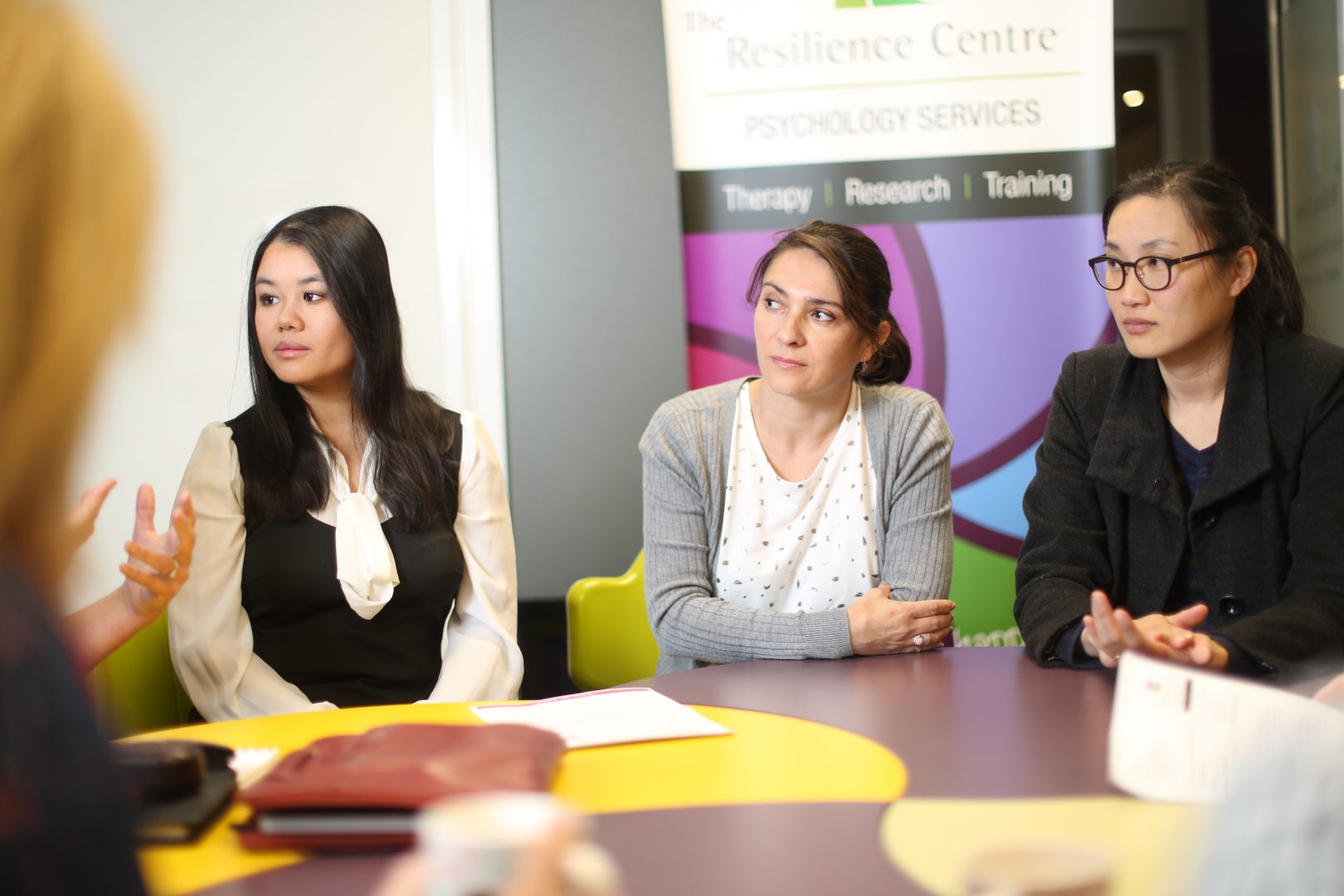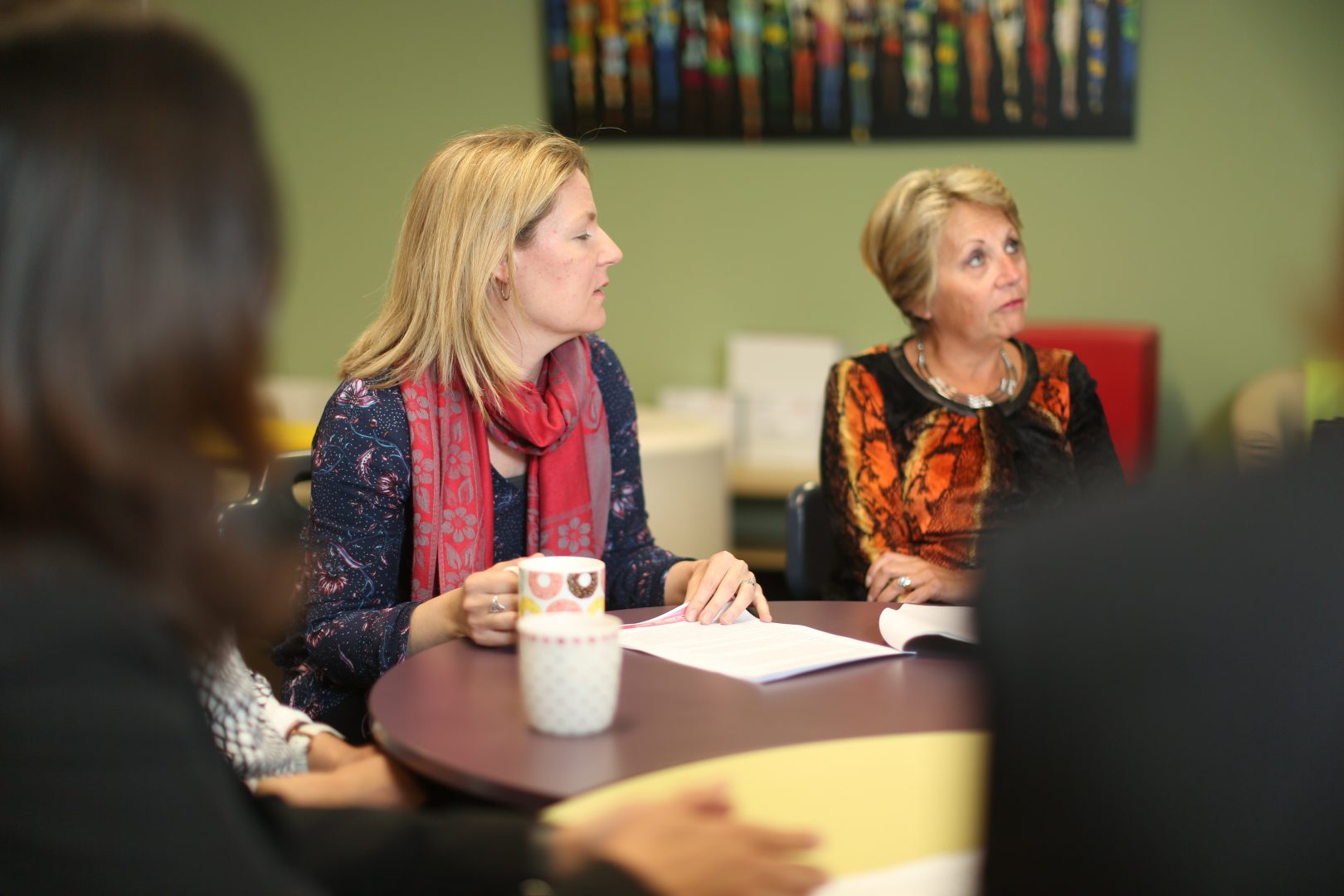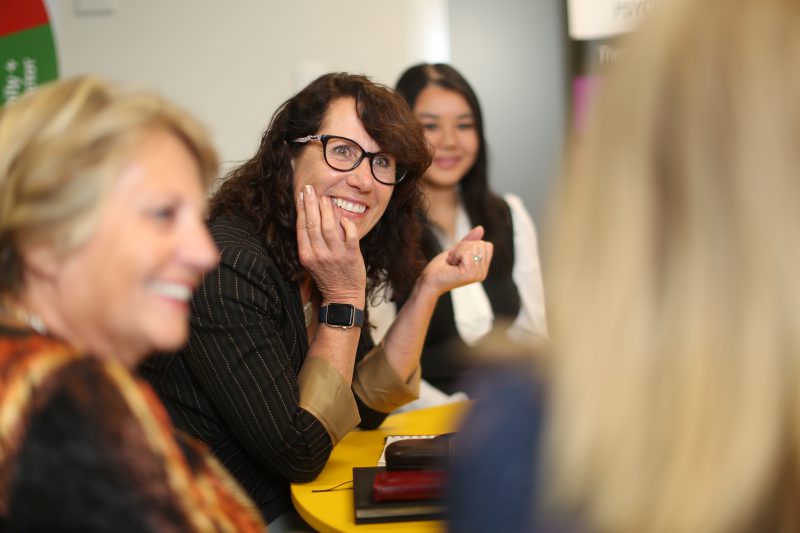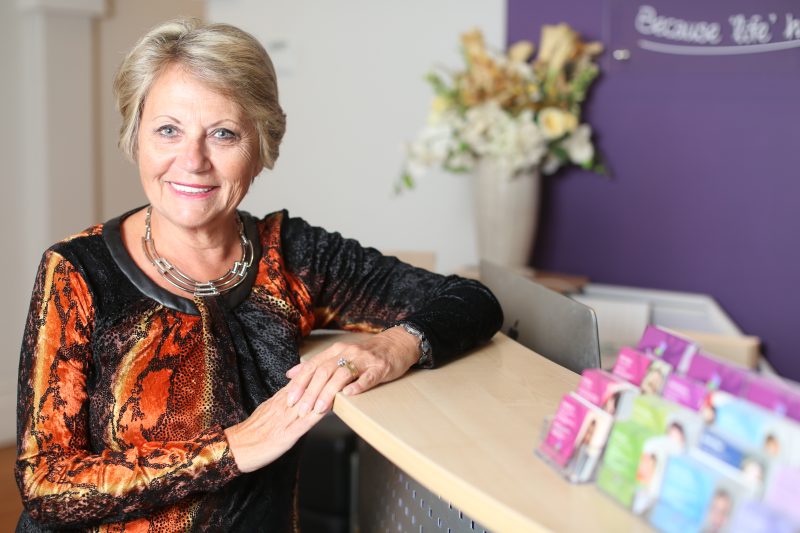Written by Ivette Moutzouris
Mindfulness appears to be the new fad at the moment. It has become so popular that it is even being called ‘the mindfulness movement’ and has expanded beyond the therapy room and into everyday life. I thought it would be helpful to explain its origins and some basic core beliefs underpinning Mindfulness because there is so much talk about it and a mixed response about its effectiveness.
So What is it?
Mindfulness is basically the process of being intentionally aware of the moment, with acceptance and with a non-judgemental attitude. The way in which this is achieved is through a set of strategies/meditative exercises and also by understanding and practicing a more mindful lifestyle.
It has been practiced in eastern/buddhist traditions for over 2500 years as a form of meditation and inorder to simplify and create a more meaningful life experience.
In the late 1970’s Jon Kabat-Zinn (known for his work as a Scientist, author and Meditation Teacher) introduced Mindfulness into a Medical clinic which was treating patients with chronic pain symptoms. Jon Kabat-Zinn refined Mindfulness practices and used these strategies to treat his patients and the results were very positive. From this point it was applied to treat other psychological issues such as Anxiety, Depression, Personality Disorders, Addictions and Chronic Pain.
How Do I Practice It?
Mindfulness is Experiential – it involves learning to be more present in the moment by increasing your skill of attention and focus.
An example of this could be sitting and closing your eyes and noticing the sounds around you for at least 10 minutes or more. There are many variations of Mindfulness exercises but the key to Mindfulness is to slow down and notice what is be happening around you and also within you– i.e. to connect more with your world and to find meaning and enjoyment from it. In therapy we also use it to help notice the internal emotions and thoughts and decide whether to accept, reject, defuse or challenge our internal dialogue.
Mindfulness is an Attitude -It is a lot more than just exercises. It involves learning to have a big picture perspective when you approach issues/hardships and life in general. By this I mean learning to not just notice (and even obsess) about the problem but also notice what else is going on in your life. A mindful attitude helps you to see the positives and the simple joys of life that we often neglect or miss when we are preoccupied, worried or constantly busy.
Some people think that Mindfulness is about being positive and/or ignoring issues but it is actually the opposite. It is about accepting and learning to cope with the hard times by slowing down and working through the issues instead of either automatically reacting or avoiding. Mindfulness teaches you to be ‘more reflective’ and ‘less reactive’ and when this occurs we are better able to come up with solutions or accept our situation.
Mindfulness is Educational – this occurs as you slow down and begin to notice how you respond to situations. It also teaches you about other people as you nurture more mindful relationships and learn to listen and understand others better. It encourages us to be less focused on ourselves and to have better connection with others. I recently heard an interview with Tara Bach, who teaches and writes about Mindfulness and she mentioned the difference between Illness and Wellness, i.e. the ‘I’ is in illness and ‘We’ is in Wellness. We are relational and it is often helpful in recovery to connect with other people.
Why is Mindful helpful?
Mindfulness is helpful because as you focus more on the ‘now’ you are less caught up in the past and situations that cannot be changed and also less focused on the future and all the worries about what may or may not happen. Being caught up too much in your past or your future can cause Depression and Anxiety because they are situations that you cannot control. Mindfulness instead teaches you to find meaning in the ‘now’ and even when you are going through a difficult time learning to not avoid it but get through it. It encourages you to look for your strengths and resources and to calm down the automatic emotional reactivity.
When you learn to slow down and observe it not only helps you to alter the emotional intensity of your reactions but also increases your attention, memory, problem solving skills, empathy and compassion. Research has shown that people who practice mindfulness exercises daily for 2 months experience these benefits and brain scans show that other parts of the brain are more active, for example the prefrontal lobe which is responsible for activating positive emotions.
Siegel, Ronald. (2010). The Mindfulness Solution. Everyday Practices for Everyday Problems. New York: The Guildford Press.
Harris, Russ. (2012). The Reality Slap. Finding Peace and Fulfillment When Life Hurts. CA: New Harbinger Publications.
Williams, M., Teasdale, J., Segal, Z., Kabat-Zinn,J. (2007). The Mindful Way through Depression. New York: The Guildford Press.
www.mindfulness-solution.com

